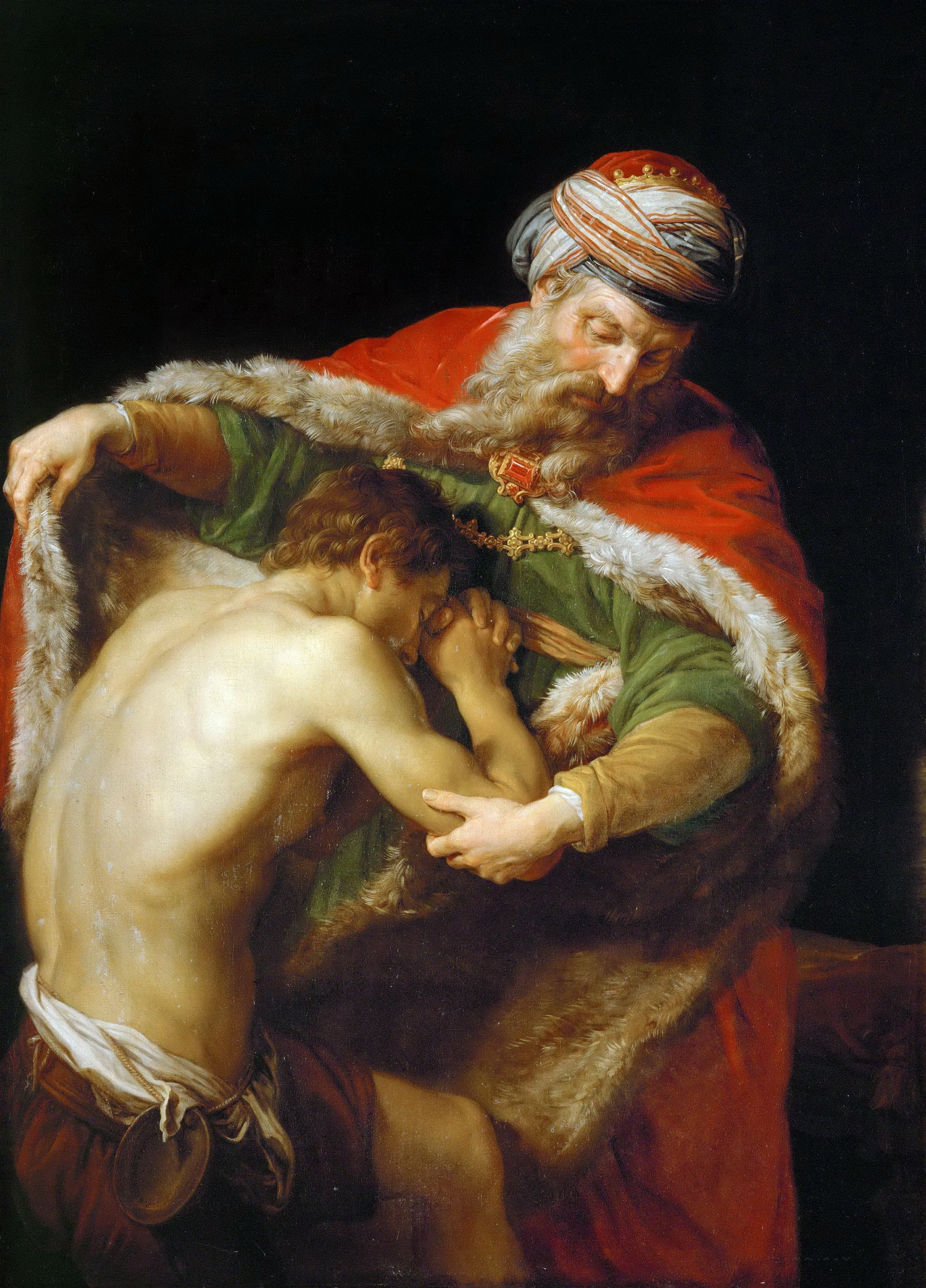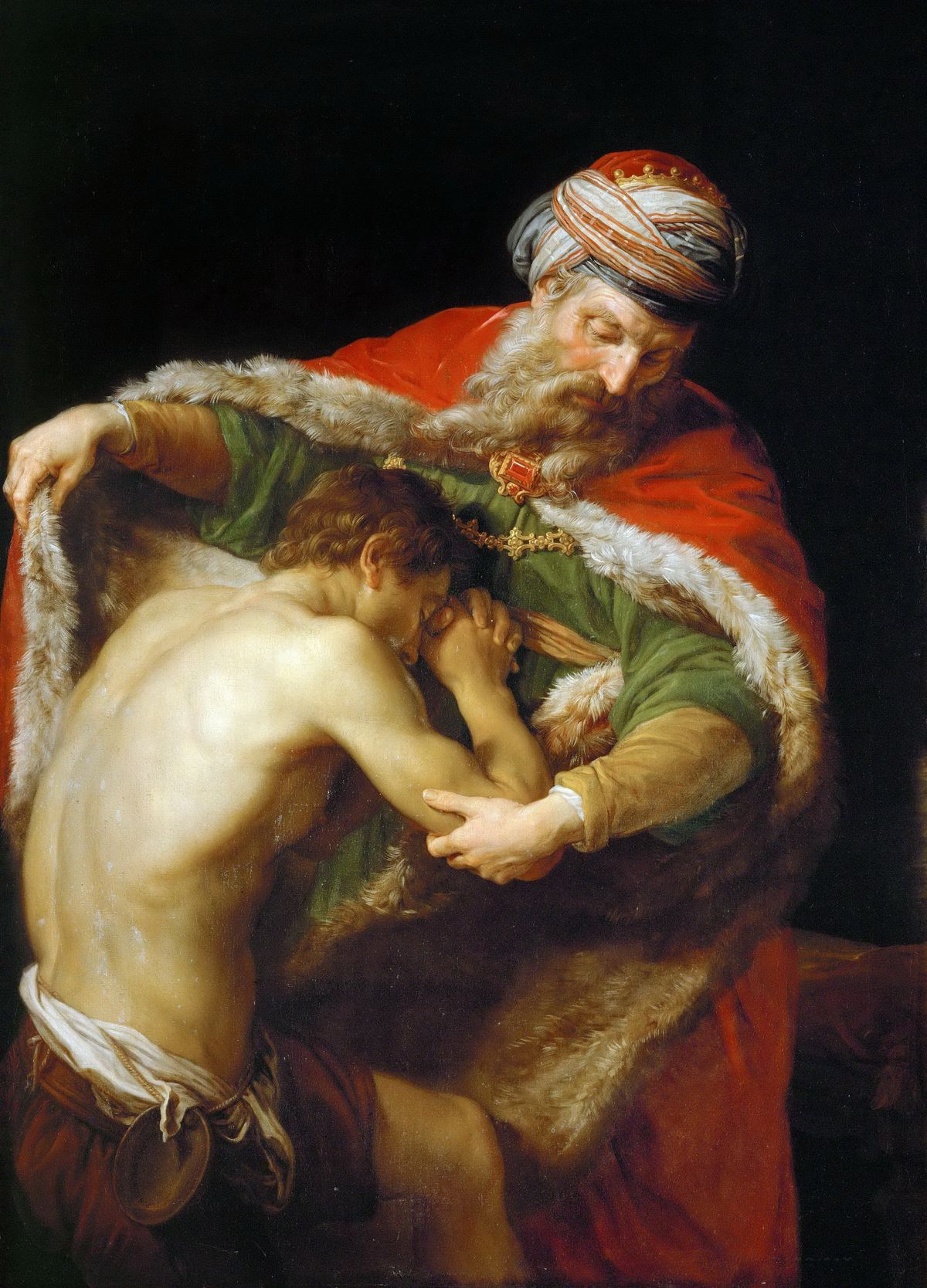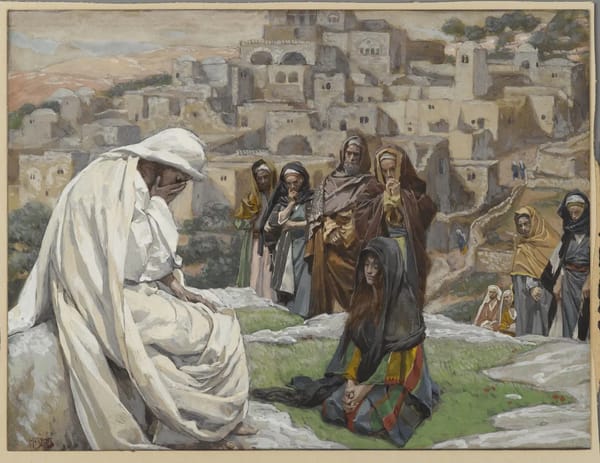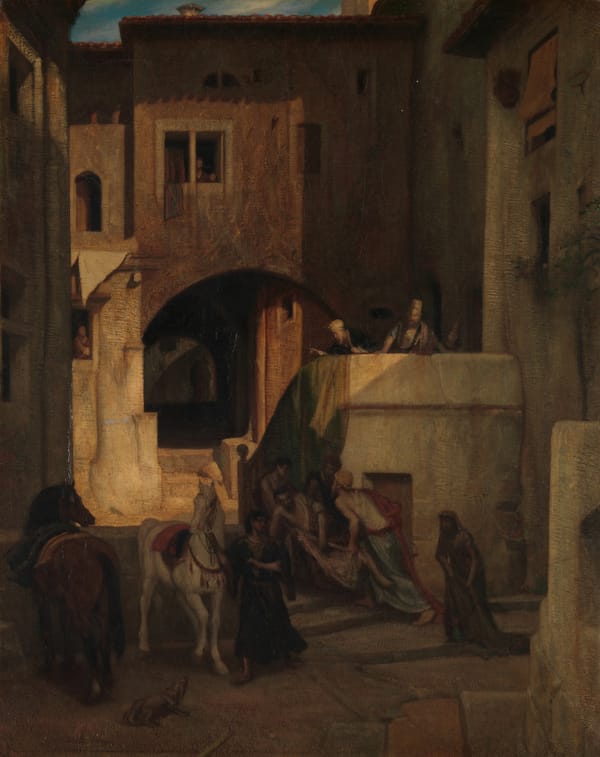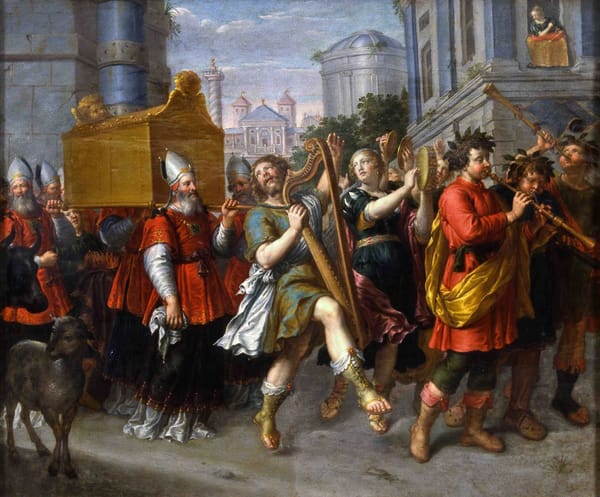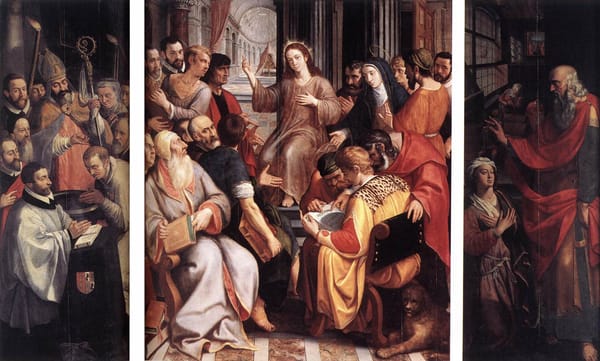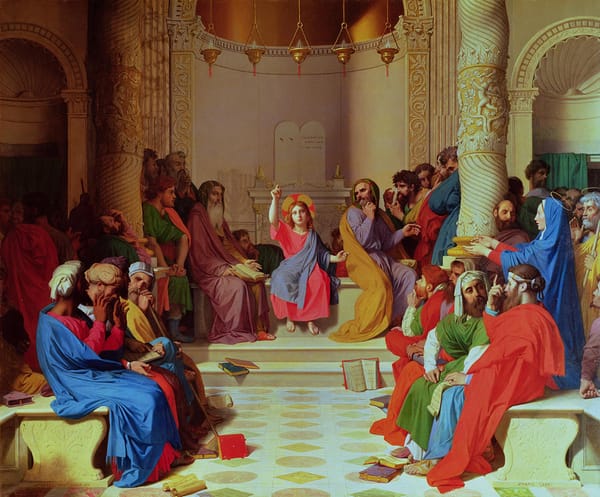About the Image:
The Return of the Prodigal Son is a story from the Bible, appearing in the Gospel of St. Luke[3]. It tells the story of a son who asks his father for his inheritance and leaves the parental home, only to fritter away all his wealth. He eventually returns home, where his father welcomes him with open arms and celebrates his return[6]. The story has inspired many works of art, including Rembrandt's painting "The Return of the Prodigal Son," which is part of the collection of the Hermitage Museum in St. Petersburg[2]. Henri Nouwen's book "The Return of the Prodigal Son: A Story of Homecoming" is an in-depth examination of the parable of the prodigal son[1][4][5]. Nouwen was inspired by Rembrandt's painting and describes his own spiritual journey infused with understanding based on an encounter with it[4][5].
Citations:
[1] https://www.amazon.com/Return-Prodigal-Son-Story-Homecoming/dp/0385473079
[2] https://en.wikipedia.org/wiki/The_Return_of_the_Prodigal_Son_(Rembrandt)
[3] https://en.wikipedia.org/wiki/Parable_of_the_Prodigal_Son
[4] https://henrinouwen.org/read/the-return-of-the-prodigal-son/
[5] https://www.goodreads.com/book/show/7235.Returning
[6] https://artsandculture.google.com/asset/return-of-the-prodigal-son-rembrandt-harmensz-van-rijn/5QFIEhic3owZ-A?hl=en
About the Artist:
Pompeo Girolamo Batoni (1708-1787) was an Italian painter who was the leading portrait painter of 18th-century Rome[3]. He was born in Lucca, Italy, the son of a goldsmith, and his training probably took place there[3]. Batoni's style took inspiration and incorporated elements of classical antiquity, French Rococo, Bolognese classicism, and the work of artists such as Nicolas Poussin, Claude Lorrain, and especially Raphael[1]. He is considered a precursor of Neoclassicism[1]. Batoni invented the type of "grand tourist" portrait, which shows the sitter at ease among the ruins of antiquity, and was very popular among the English[4]. Batoni's pre-eminence in this field was unchallenged, and he was particularly favored by foreign visitors making the Grand Tour, whom he often portrayed in an antique setting[2]. Batoni's works are displayed in various galleries, including the National Gallery in London and the National Galleries of Scotland[3][6].
Citations:
[1] https://en.wikipedia.org/wiki/Pompeo_Batoni
[2] https://artuk.org/discover/artists/batoni-pompeo-17081787
[3] https://www.nationalgallery.org.uk/artists/pompeo-girolamo-batoni
[4] https://www.britannica.com/biography/Pompeo-Girolamo-Batoni
[5] https://www.wikiart.org/en/pompeo-batoni
[6] https://www.nationalgalleries.org/art-and-artists/artists/pompeo-girolamo-batoni
